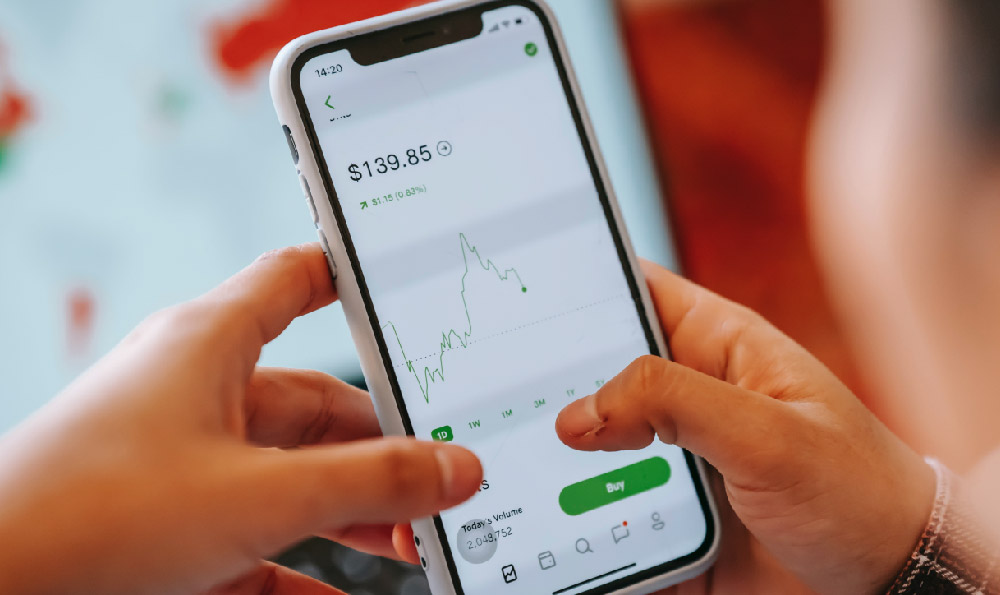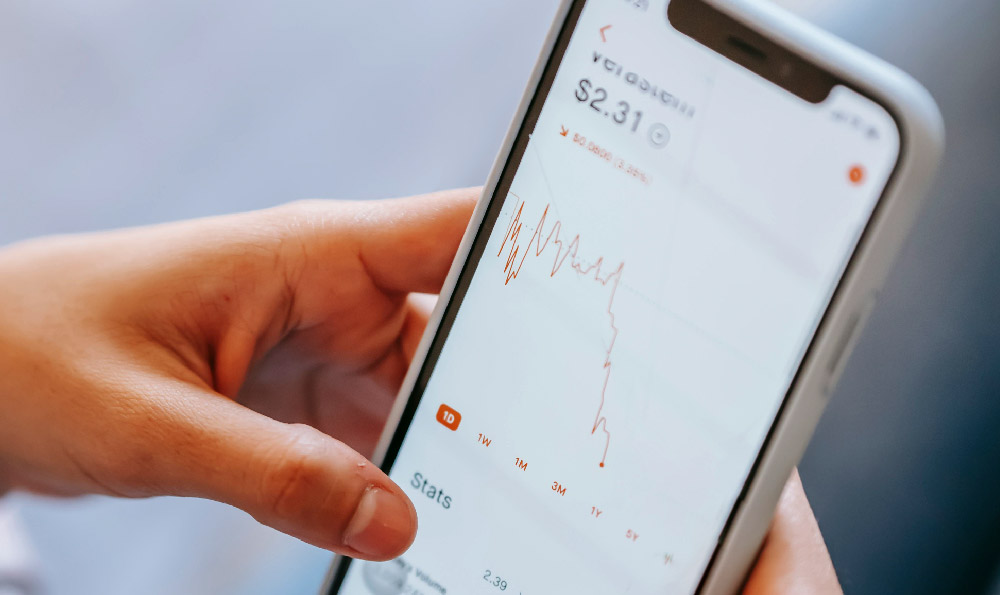How to Earn Money by Donating Plasma
Donating plasma has emerged as a unique investment opportunity that combines personal health with financial incentives. This concept is not merely about making a charitable contribution but represents a potential avenue for individuals to generate passive income through strategic engagement with the plasma donation industry. While the idea may appear novel, it is deeply rooted in the growing demand for plasma-derived products in both medical and commercial sectors. To fully explore this path, it is essential to understand the mechanics of plasma donation, the emerging markets, and the risks involved, while also considering how to leverage this opportunity for sustained financial growth.
The plasma donation process involves the collection of plasma, the liquid component of blood, through a method known as plasmapheresis. Unlike whole blood donation, which requires the entire blood sample, plasma donation allows for the return of red blood cells to the donor, enabling more frequent contributions. This procedure is typically performed at specialized plasma collection centers, where donors are compensated for their plasma. The compensation rates vary depending on the country, the demand for specific plasma proteins, and the policies of the donation center. For instance, in the United States, plasma donation centers often pay between $50 to $100 per session, with some offering higher rates for rare blood types or specialized plasma fractions.
One of the most straightforward ways to earn money through plasma donation is by participating in regular donation programs. However, this approach is often limited to individual donors who can only contribute a few times a month due to physiological constraints. Investors, on the other hand, may explore alternative strategies such as establishing a plasma donation business. This involves setting up a network of donation centers, either independently or through partnerships with existing facilities. The primary goal of such a business model is to maximize the volume of plasma collected while maintaining compliance with regulatory standards. For example, in countries where plasma donation is less common, there is a significant opportunity to scale operations and capture a larger market share.

The plasma donation industry is also influenced by the global demand for plasma-derived products, which includes a wide range of therapies, such as immunoglobulins for treating autoimmune diseases, clotting factors for hemophilia patients, and albumin for managing fluid balance in critical care settings. The growth of this sector is particularly evident in the wake of the pandemic, as the medical community has increasingly relied on plasma-based treatments. This surge in demand has not only elevated the value of plasma but also created new investment opportunities, such as investing in biotechnology firms that utilize plasma-derived components in their drug development processes.
From a financial perspective, plasma donation offers a low-risk entry into the healthcare sector. Unlike traditional investments that require significant capital and long-term commitment, plasma donation can be initiated with minimal upfront costs. However, this does not mean that there are no risks. The industry is regulated by government health authorities, and non-compliance with these regulations can lead to penalties, legal disputes, or even the closure of a donation center. Investors must ensure that their operations adhere to all applicable laws, including those related to data privacy, ethical sourcing, and medical safety.
Another critical factor to consider is the financial viability of plasma donation as an investment. The profitability of a plasma donation business depends on several variables, such as the number of donors, the frequency of donations, and the pricing strategy. For example, a well-established donation center in a high-demand region can generate substantial revenue by optimizing these parameters. However, the financial returns may be limited for individual donors, who often earn only a few hundred dollars per month. To mitigate this, investors may explore opportunities to streamline the donation process, reduce operational costs, and enhance the overall efficiency of their operations.
The plasma donation industry is also experiencing a shift towards technology-driven solutions. Innovations such as mobile plasma donation units and digital platforms for managing donor health data are transforming the traditional model of plasma collection. These advancements enable greater accessibility and convenience for donors, while also creating new investment opportunities in the technology sector. For instance, startups that develop software for tracking plasma donations or optimizing supply chain logistics may offer high-growth potential for investors.
To succeed in this field, it is crucial to adopt a proactive approach to market analysis and risk management. Investors should closely monitor the demand for plasma-derived products, track changes in regulatory policies, and evaluate the competitive landscape. In addition, they should assess the potential for scaling operations, such as expanding into new regions or diversifying their donor base. By doing so, investors can position themselves to capitalize on the growing opportunities within the plasma donation industry.
In conclusion, earning money through plasma donation requires a combination of understanding the market dynamics, ensuring regulatory compliance, and adopting effective risk management strategies. While the potential for financial growth is promising, it is vital to approach this opportunity with caution and foresight. By carefully evaluating the various factors and implementing a well-thought-out investment plan, individuals can navigate this niche market and achieve long-term financial benefits.















